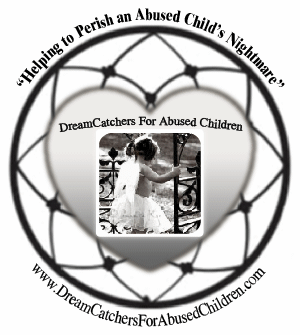20 Ways To Fight Trafficking
 Child victims of trafficking are recruited, transported, transferred, harbored or received for the purpose of exploitation. They may be forced to work in sweatshops, on construction sites or in houses as domestic servants; on the streets as child beggars, in wars as child soldiers, on farms, in traveling sales crews or in restaurants and hotels. Some are forced to work in brothels and strip clubs or for escort and massage services.
Child victims of trafficking are recruited, transported, transferred, harbored or received for the purpose of exploitation. They may be forced to work in sweatshops, on construction sites or in houses as domestic servants; on the streets as child beggars, in wars as child soldiers, on farms, in traveling sales crews or in restaurants and hotels. Some are forced to work in brothels and strip clubs or for escort and massage services.
After first learning about human trafficking, many people want to help in some way but do not know how. Here are just a few ideas for your consideration.
1. Learn the red flags that may indicate human trafficking and ask follow up questions so that you can help identify a potential trafficking victim. Human trafficking awareness training is available for individuals,businesses, first responders, law enforcement, and federal employees.
2. In the United States, call the National Human Trafficking Resource Center at 1-888-373-7888 (24/7) to get help and connect with a service provider in your area, report a tip with information on potential human trafficking activity; or learn more by requesting training, technical assistance, or resources. Call federal law enforcement directly to report suspicious activity and get help from the Department of Homeland Security at 1-866-347-2423 (24/7), or submit a tip online at www.ice.gov/tips, or from the U.S. Department of Justice at 1-888-428-7581 from 9:00am to 5:00pm (EST). Victims, including undocumented individuals, are eligible for services and immigration assistance. READ MORE HERE































![Validate my RSS feed [Valid RSS]](http://dreamcatchersforabusedchildren.com/wp-content/uploads/2009/10/valid-rss.png)












